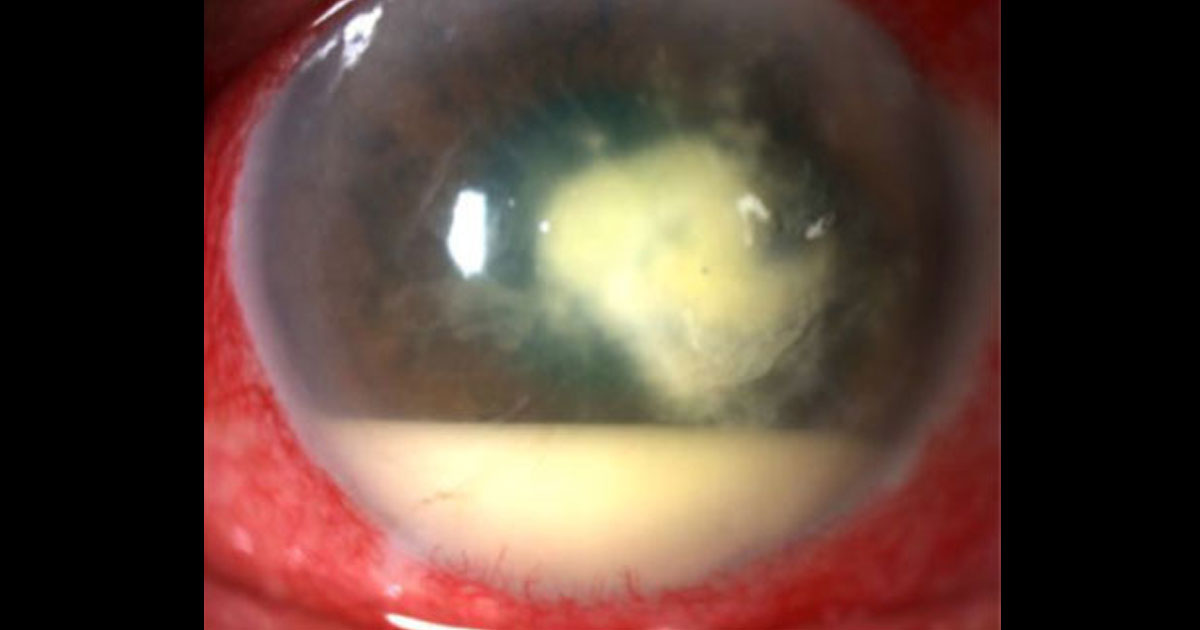
Microbial Keratitis (Corneal Abscess)
Microbial keratitis is a sight-threatening ocular emergency. It is an infection of the cornea, most commonly caused by bacteria, although the causative organism can also be fungus or amoeba.
The commonest organisms are Staphylococci and Pseudomonas species, the latter being very common in contact lens wearers.
The symptoms of microbial keratitis include:
The treating ophthalmologist will perform corneal sampling in rooms, for microscopy and culture. They will then commence intensive broad spectrum topical antibiotic therapy. Severe cases require admission to hospital, so antibiotic eye drops can be instilled every hour around the clock, and the patient monitored daily.
It is important to note that Chloramphenicol has no role in the management of microbial keratitis, as it is intrinsically bacteriostatic (rather than bactericidal), as well as being ineffective against Pseudomonas species, one of the commonest causative organisms.
Critically, the General Practitioner or Optometrist needs to have some tools for differentiating this important condition from more benign and common presentations of a red eye to general practice, and so the following should act as ‘red flag’ features, prompting urgent referral to an ophthalmologist:
The commonest organisms are Staphylococci and Pseudomonas species, the latter being very common in contact lens wearers.
The symptoms of microbial keratitis include:
- Significant eye pain
- Photophobia
- A red eye
- Reduced vision
- Acute and rapid progression of symptoms
The treating ophthalmologist will perform corneal sampling in rooms, for microscopy and culture. They will then commence intensive broad spectrum topical antibiotic therapy. Severe cases require admission to hospital, so antibiotic eye drops can be instilled every hour around the clock, and the patient monitored daily.
It is important to note that Chloramphenicol has no role in the management of microbial keratitis, as it is intrinsically bacteriostatic (rather than bactericidal), as well as being ineffective against Pseudomonas species, one of the commonest causative organisms.
Critically, the General Practitioner or Optometrist needs to have some tools for differentiating this important condition from more benign and common presentations of a red eye to general practice, and so the following should act as ‘red flag’ features, prompting urgent referral to an ophthalmologist:
- Recent contact lens wear**
- Recent ocular trauma
- Reduced vision
- Photophobia
